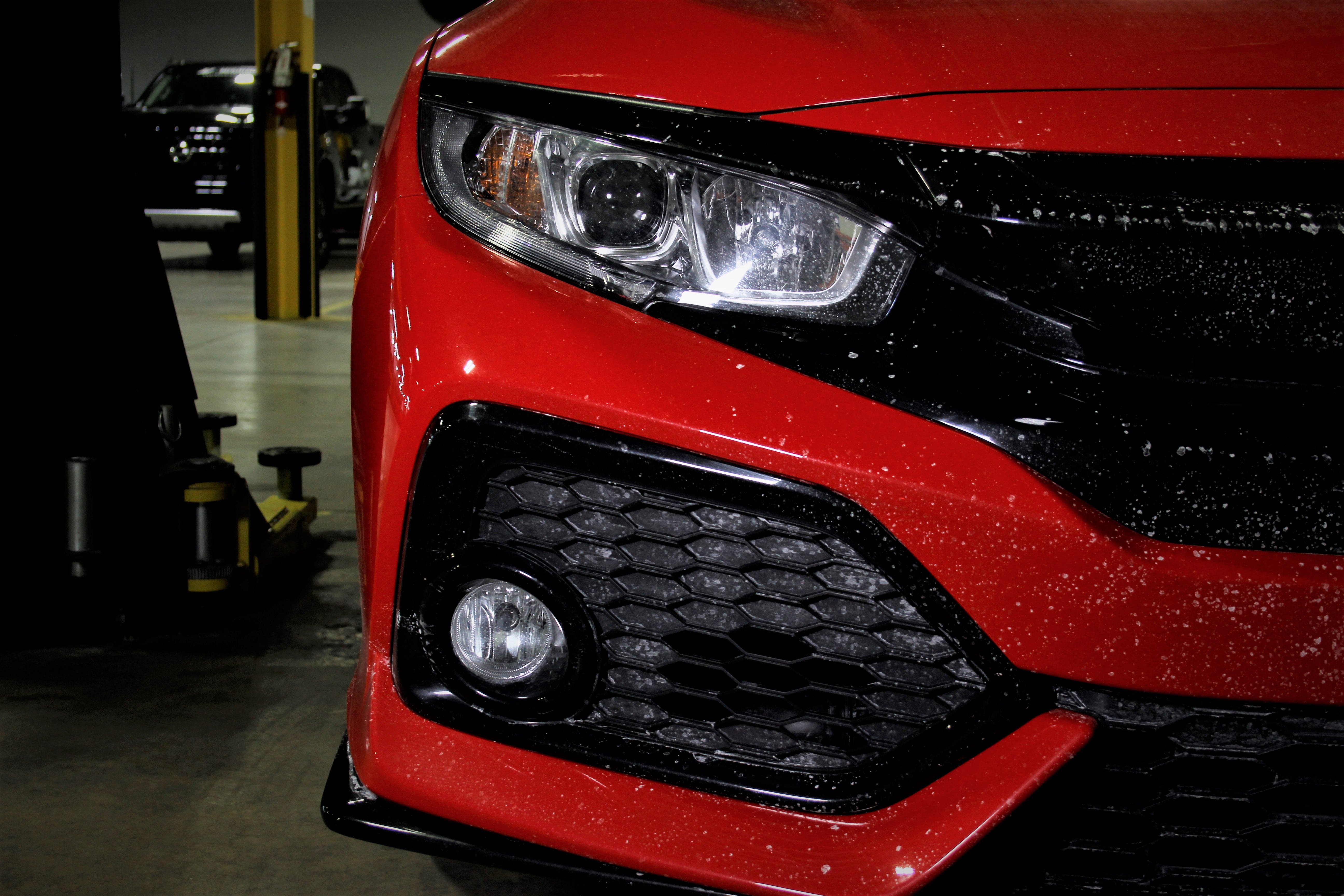I've said it before and I'll say it again: paying attention to details is a crucial part of life. Leading professionals are gurus at doing so in their respective fields. A good chef can wade through the already heavy seasoning in something like a gumbo and tell if there is too much or too little garlic by doing a simple taste test. A good fabricator can easily tell a MIG from a TIG weld by simply watching the arc on the metal (with the proper eyewear of course). And a good tuner can tell if something as elusive as timing is off, even in the slightest, on an engine they regularly tune just by listening to it.
If you want to be the best in your field, pay close attention to little details. It's what will set you apart from the rest of the pack. Our engineering department has honed their skills in noticing the details. In the case of our 2016 Ford Focus RS hot-side intercooler pipe, we paid close attention to airflow and noticed a problematic aspect - not with the pipe itself, but with






